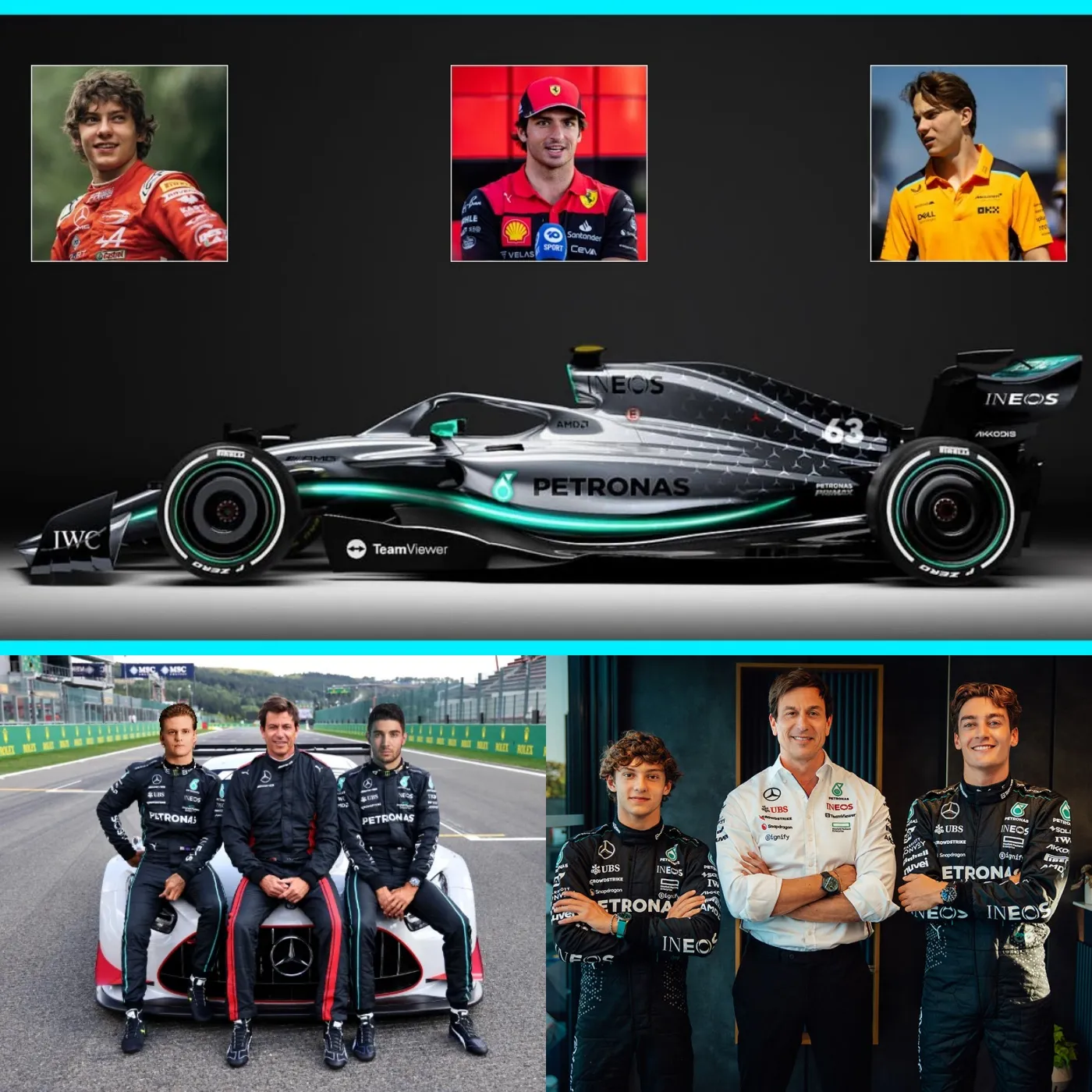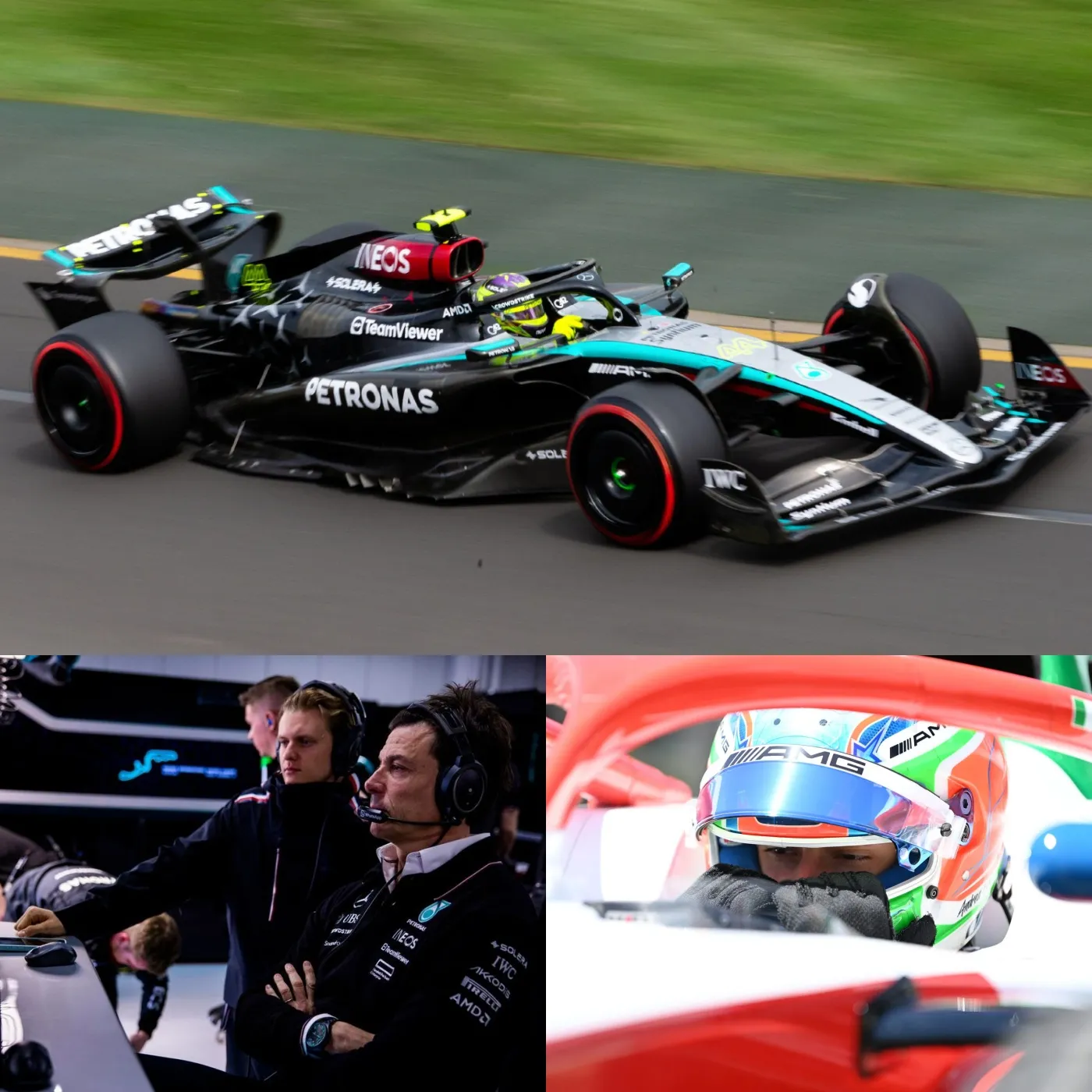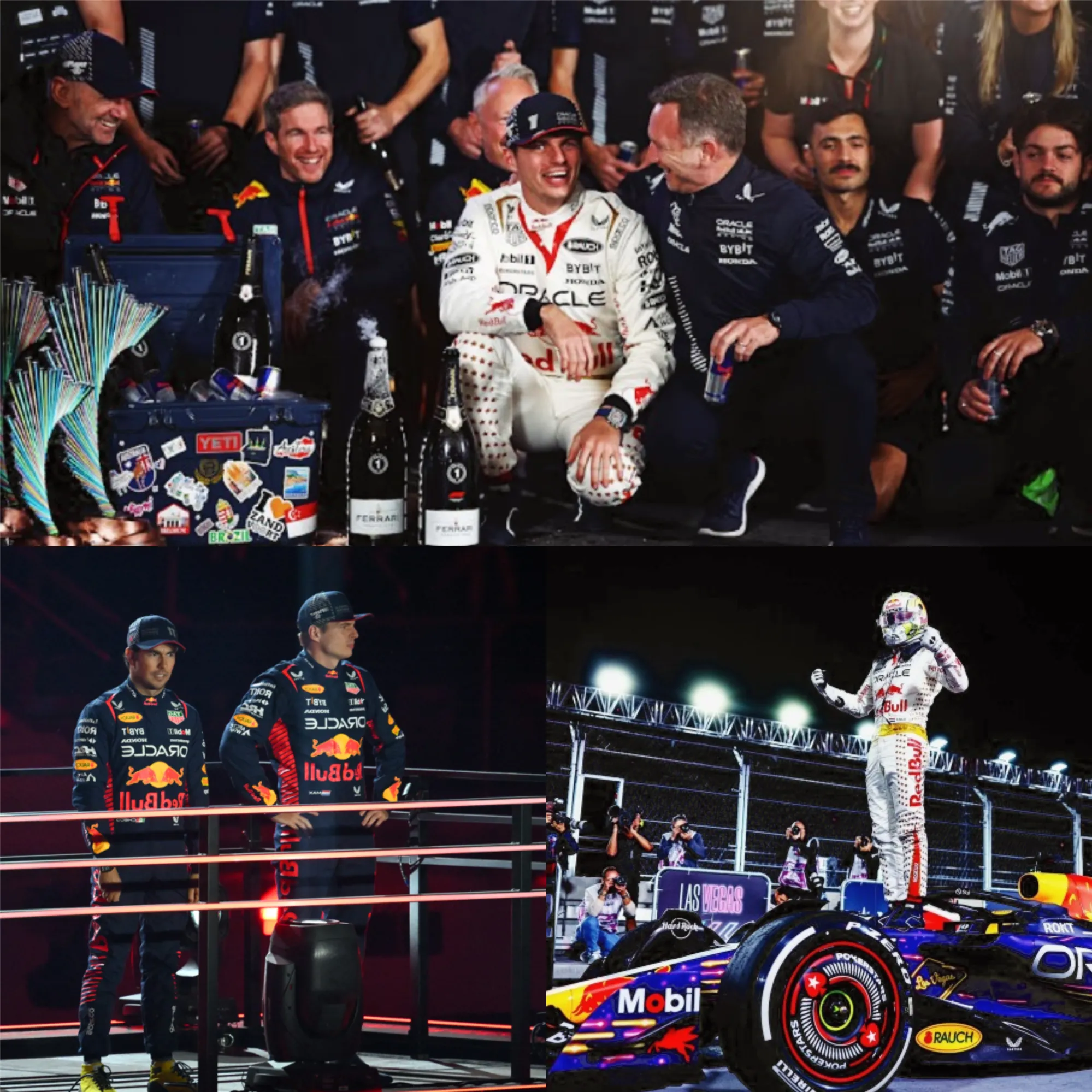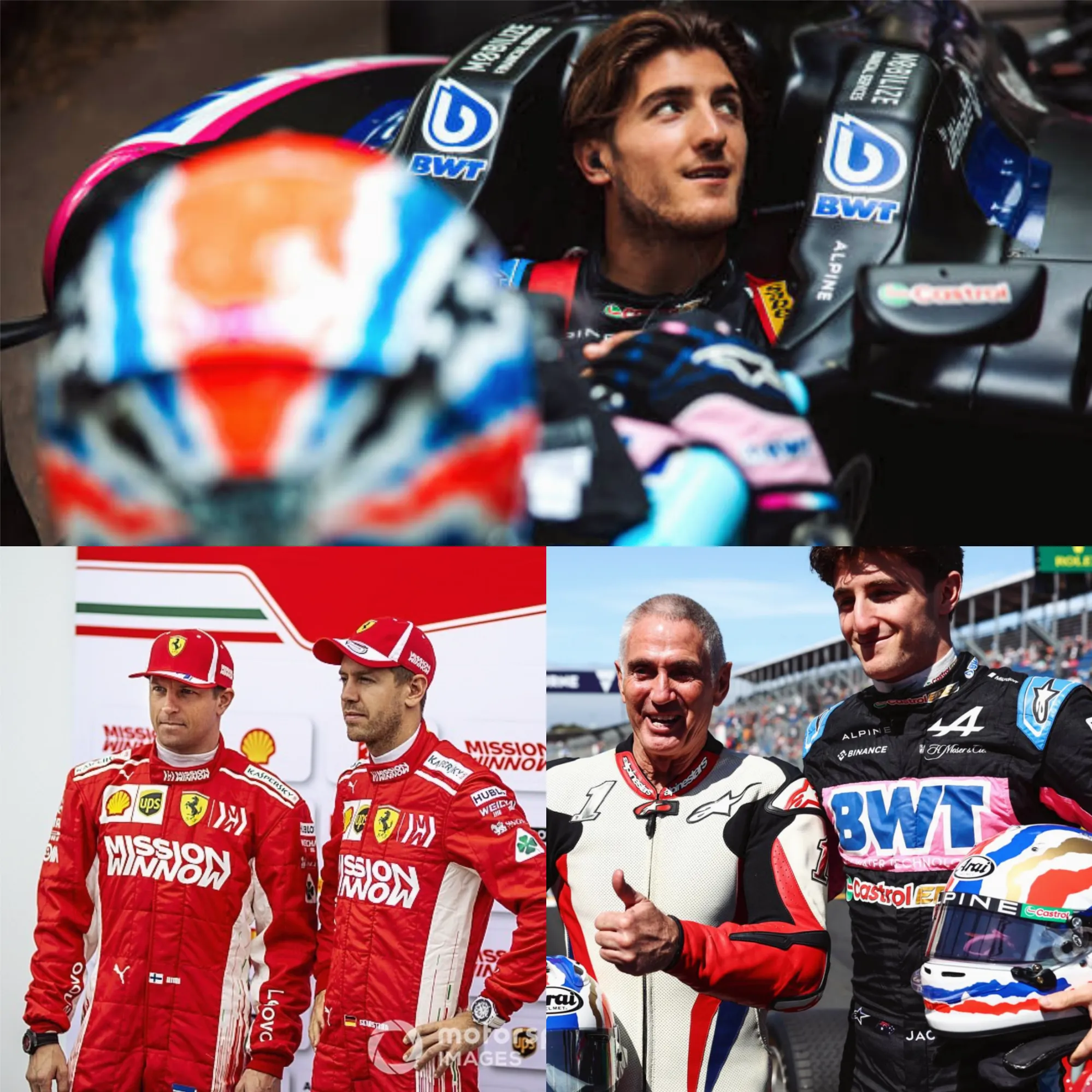George Russell, the Mercedes driver, has expressed concerns over the uncertainty facing Formula 1 teams as they prepare for the significant changes set to come with the 2026 regulations. With the upcoming overhaul expected to shake up the competitive landscape, it remains unclear how much focus Mercedes will place on developing their 2025 car.

2026 Regulations and the New Era
The 2026 regulations will introduce a major shift in Formula 1, with cars powered by a 50-50 split between internal combustion and sustainable fuels combined with electricity. These next-generation cars will be more compact, lighter, and feature smaller wheels. However, early reports suggest these changes may lead to a performance deficit of around two seconds compared to current models, a gap that the FIA and the sport aim to address.
Mercedes’ Development Strategy: Focus on 2025 and 2026 Cars
Mercedes’ trackside engineering director, Andrew Shovlin, confirmed that the team has ceased development on the current 2024 car (W15) and will now focus on gathering crucial data for the 2025 car. This car will be an evolution of the W15, with the team hoping to build on the three victories secured this season. While the W15 has provided a glimpse of success, issues with balance and grip have plagued the car, particularly in conditions like those at the Sao Paulo Grand Prix, where Russell expressed frustration with uneven braking.

Looking ahead, Mercedes is expected to prioritize the development of their 2026 F1 car, which will represent a major shift in the team’s approach to the sport. As Russell noted, the 2025 car is an evolution of the W15, but the 2026 car will be the key focus for the team as they navigate the uncertain landscape of the new regulations.
The Uncertainty of Developing for 2025 and 2026
Reflecting on the situation, Russell compared the current dilemma to the one faced by teams in 2021, when preparations began for the introduction of the ground effect era in 2022. He explained:
“If you look at 2021, Mercedes stopped developing for that year’s car and focused on the 2022 car very early. Red Bull, on the other hand, continued to develop the 2021 car. By the end of that season, Mercedes had the quickest car, but going into 2022, Red Bull took the advantage.”
Russell continued by saying the decision to develop the 2025 car will be just as challenging, likening it to “digging for gold.”

“For the 2026 regulations, you’re digging, but you don’t know if you’re digging in the right places,” Russell added.
A New Era of Progress
Russell also emphasized that it will be 2026 when teams will begin to make real progress with the new cars, as the 2026 season will mark the first chance for teams to test the new regulations fully. He stated, “Ultimately, when you start and you drive the car for the first time, that’s when people are going to start making the biggest gains.”
As the 2026 regulations approach, Mercedes and other teams must carefully balance their focus on 2025 while preparing for the unknowns of the new era, making this an uncertain yet exciting time for the sport.



